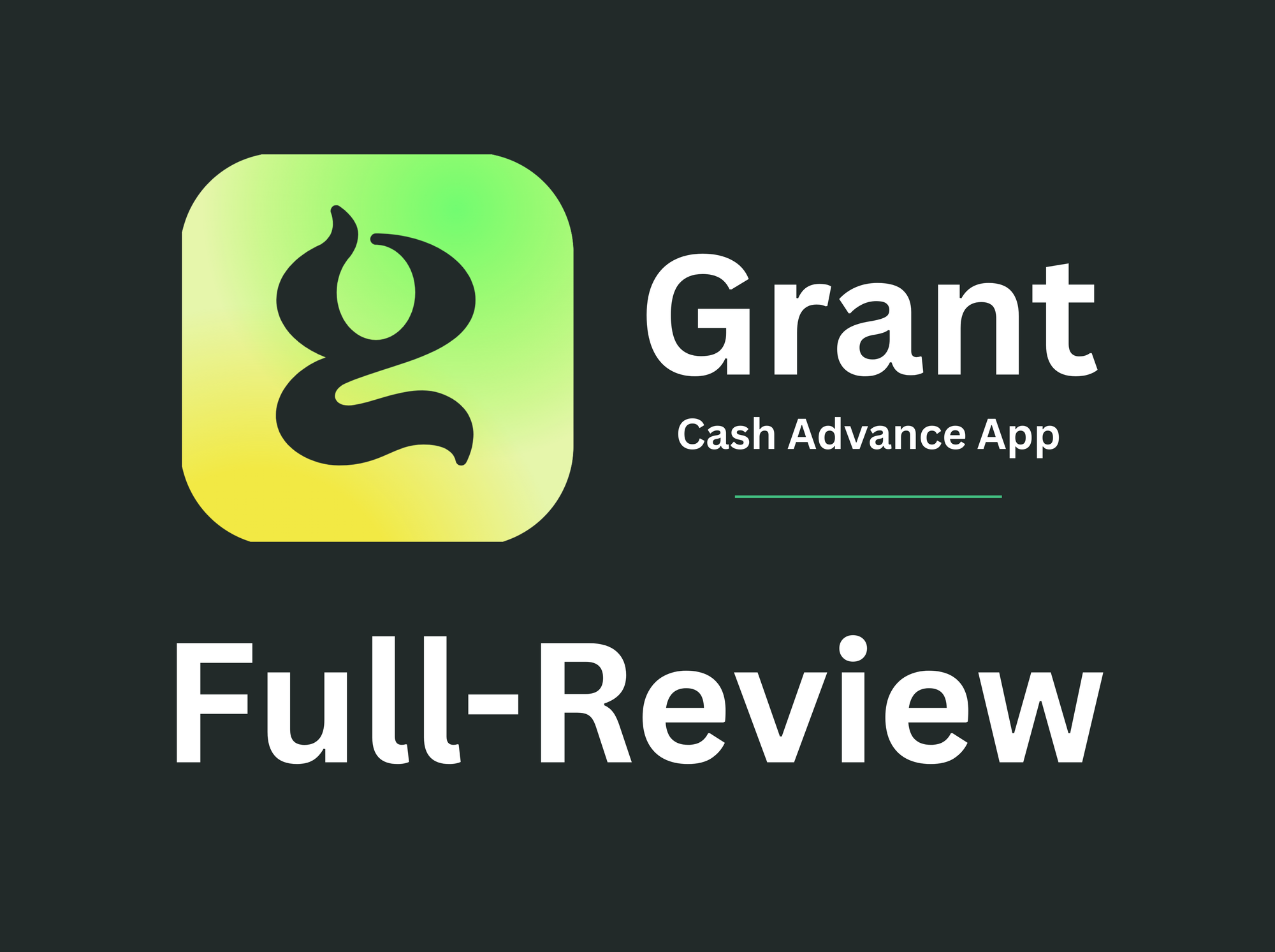Cash Advance Credit Card: What It Is, How It Works, & Is It a Good Idea?
Thinking about a cash advance on your credit card? Learn how it works, what it costs, and smarter alternatives to consider first.

If you’ve ever been short on cash and looked at your credit card for help, you might’ve noticed the term cash advance on your statement or bank app. But what exactly is a cash advance credit card transaction, and is it something you should ever use?
In this guide, we’ll break down what a cash advance on a credit card is, how it works, the costs involved, and whether it’s a smart financial move or one to avoid.
What Is a Cash Advance Credit Card Transaction?
A cash advance is when you use your credit card to withdraw cash, either from an ATM or inside a bank. Instead of charging a purchase to your card, you're essentially borrowing cash from your credit card's line of credit.
While this might sound super convenient, it's often one of the most expensive ways to borrow money. Cash advances come with high fees, higher interest rates, and no grace period. That means interest starts piling up immediately. Due to this, it’s crucial to assess your situation before taking out this cash advance. Sometimes it can do more harm than good in the long run.
How Does a Cash Advance Work?
Here’s how a typical cash advance credit card transaction works:
- You go to an ATM or a bank that accepts your credit card.
- Insert your card and request a cash advance, just like you would with a debit card withdrawal.
- Enter the amount, up to your cash advance limit (which is usually lower than your total credit limit).
- Pay a fee upfront, either a flat fee or a percentage of the cash you take out.
- Start accruing interest right away. Unlike regular purchases, there’s no grace period.
Example: If you withdraw $200, your credit card issuer may charge a $10 fee (or 5%, whichever is higher). You’ll also start accruing interest that same day, often at a rate of 25% or higher.
How Much Does a Credit Card Cash Advance Cost?
Credit card cash advances can be very expensive. Here's a breakdown of the typical costs involved:
1. Cash Advance Fee
- Usually 3% to 5% of the amount withdrawn
- Minimum fee of $5 to $10 is common
2. Higher Interest Rates
- Cash advances typically carry higher APRs than purchases, often 24% to 29%
3. No Grace Period
- Interest starts accruing immediately, not after your billing cycle
4. ATM or Bank Fees
- If you use an ATM, you may pay an additional ATM fee
Where Can You Get a Cash Advance?
You can access a cash advance in a few ways:
- ATMs: Most convenient method; requires a PIN
- Bank Teller: Go to a bank that supports your card network (e.g., Visa or Mastercard)
- Convenience Checks: Some issuers mail checks you can use to write yourself a cash-equivalent
🤑 Need a Cash Advance? 🤑
Quick and reliable cash solutions with our top Cash Advance Apps.
Is a Credit Card Cash Advance a Good Idea?
I’m going to be honest, in most cases, no, a cash advance on your credit card should be a last resort option. The fees and interest rates can add up quickly, turning a short-term fix into long-term debt.
When Might a Credit Card Cash Advance Make Sense?
- Emergency situations only, such as if you’re stranded without access to a bank or debit card.
- You’ve exhausted all other options like borrowing from savings, using a personal loan, or asking family.
Alternatives to a Credit Card Cash Advance
Before reaching for a cash advance, consider these better (and cheaper) options:
- Personal Loans: Often come with lower interest rates and fixed payments.
- Buy Now, Pay Later Plans: Many retailers offer interest-free installment plans.
- Peer-to-Peer Lending Apps: Apps like Cash App, Venmo, or Zelle may help for small needs.
- 0% APR Credit Cards: If you qualify, a balance transfer or 0% APR card can give you breathing room.
- Try Actual Cash Advance Apps: In 2025 there are numerous cash advance apps, such as True Finance, Earnin, Klover, and MoneyLion, available that offer advances with 0% APR.
Does a Cash Advance Affect Your Credit Score?
While taking a cash advance doesn’t directly impact your credit score the way a missed payment does, it can still hurt you in the long run:
- Increases your credit utilization ratio: High utilization can lower your credit score.
- May signal financial distress: Lenders may see frequent cash advances as a red flag.
- Adds to your total debt load: Which can hurt your ability to get approved for future credit.
Can You Pay Off a Cash Advance Immediately?
Yes, and you absolutely should. Since interest starts on day one, paying off a cash advance as quickly as possible minimizes the total cost. Even one week of interest on a $300 withdrawal can cost you more than you think.
Bottom Line: Should You Use a Cash Advance Credit Card Transaction?
A cash advance from your credit card can offer fast access to cash when you’re in a pinch, but that convenience comes at a steep price (usually). Between high fees, high interest rates, and no grace period, a credit card cash advance should be considered a financial emergency tool, not part of your everyday fall back plan.
If you’re out of options and need cash now, use it wisely, and pay it back as soon as you can; trust me.
If you’re looking for funding or help with unexpected costs, explore cheaper alternatives first. Your wallet, and your future self, will thank you.
Earn Extra Cash
Looking for easy ways to earn extra money? Check out these top platforms where you can make real cash fast!
FAQs About Cash Advance Credit Cards
1. What is the limit on a credit card cash advance?
Your cash advance limit is usually lower than your full credit limit. Check your online account or call your issuer to find out the exact amount.
2. How do I avoid cash advance fees on my credit card?
The only way to avoid them is not to use the cash advance feature. Use alternatives like personal loans or ask your card issuer about lower-fee options.
3. Do all credit cards allow cash advances?
Most do, but not all. Check your card agreement or online portal to see if cash advances are enabled.
4. Is a cash advance the same as a balance transfer?
No. A balance transfer moves debt from one card to another (often at 0% for a time). A cash advance gives you physical cash, usually with much higher fees and interest.
More Cash Advance Resources
Explore more tips, reviews, and guides on finding the best cash advance apps in 2025.


